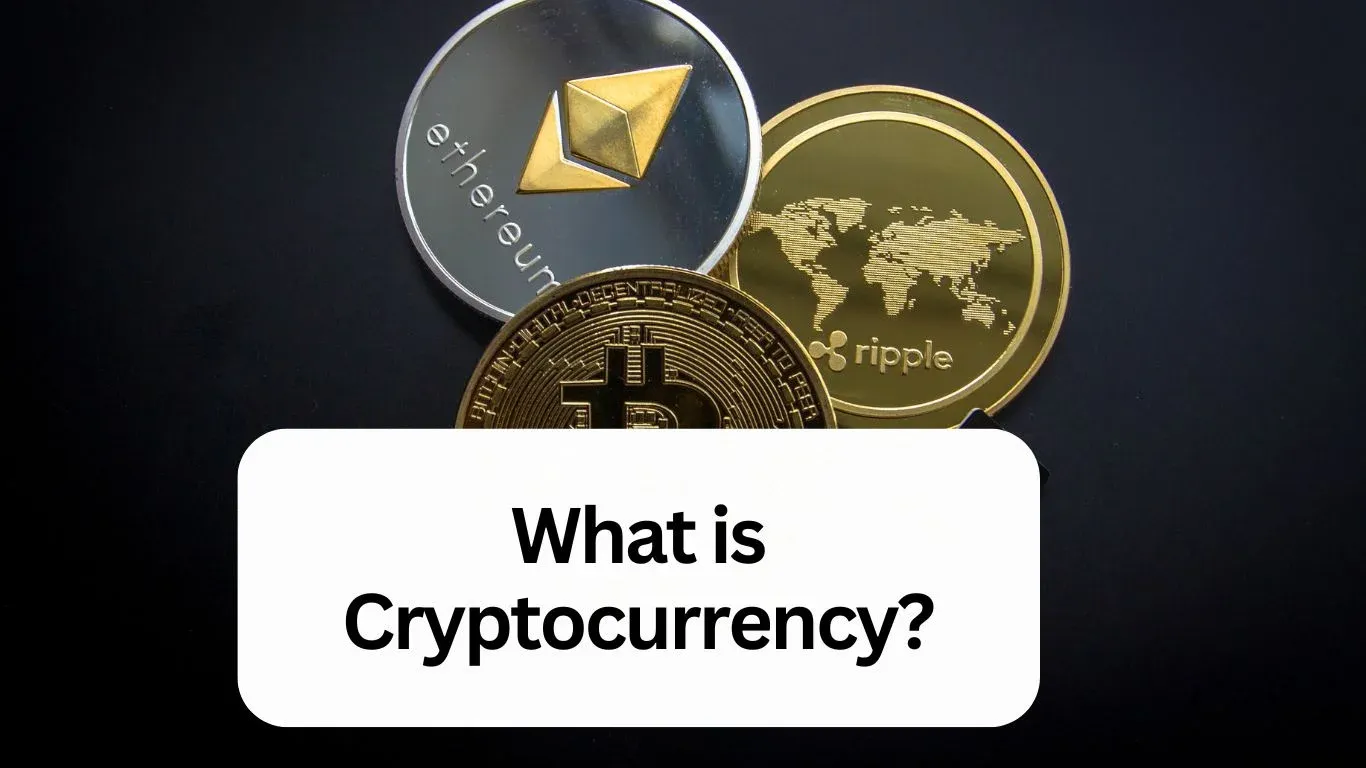Blockchain and Cryptocurrency: Similarities and Differences
Updated: 24 February 2025, 12:46 pm IST
The terms blockchain and cryptocurrency are often used interchangeably. Although similar, there are significant differences between the two. In the shifting digital world, understanding this technical jargon is essential. Let us discuss them in this blog.
Get Complete Details From Expert
What is Cryptocurrency?

Cryptocurrency, generally referred to as crypto, is a form of digital currency that uses cryptography to secure transactions. They don't rely on banks for transaction verification but rather use peer-to-peer decentralized networks.
Unlike regular currency governed by a central authority, cryptocurrency is unregulated. For eg: the RBI regulates the Indian Rupee. Cryptocurrency thrives on a blockchain and users maintain transactions in a public ledger and access it through digital wallets.
While Bitcoin is considered to be the first cryptocurrency, several other attempts were made before to create a digital currency. American cryptographer David Chaum, in 1983, created the first digital money called eCash. Subsequent attempts gave birth to other cryptocurrencies such as E-Gold, Bit Gold and B-money, leading to the creation of Bitcoin in 2008.
What is Blockchain?
Satoshi Nakamoto officially launched Blockchain in 2009. However, it dates back to 1980 when the concept first arrived. In 2009, it was officially introduced as a Bitcoin transactional medium.
Blockchain is a decentralized and distributed ledger storing transactions, data and assets. Cryptocurrency operates through blockchain. It is a digital spreadsheet capable of storing data and assets without any central supervision. It is a peer-to-peer connection between multiple computers or nodes spanning geographical territories.
Similarities Between Blockchain and Cryptocurrency
Blockchain and cryptocurrency are used interchangeably because they share certain similarities. Let us explore them.
Intangible
Both blockchain and cryptocurrency are intangible, i.e., one cannot hold them in the physical world. They both operate digitally and no physical trace of them can be found.
Interdependent
Cryptocurrencies function through blockchains. All major cryptocurrencies are stored and sent through a blockchain. Therefore, they are interdependent.
Advanced
Both of them signify great technological advancements. Blockchain is an advanced database whereas crypto is an advanced form of currency.
Differences Between Cryptocurrency and Blockchain
Now let us look at the differences between blockchain and cryptocurrency. In simple terms, blockchain is a digital ledger, whereas cryptocurrency is a digital currency. However, there are other differences between the two.
Monetary Value
Blockchains hold no monetary value as it is a decentralised ledger. However, cryptocurrencies have monetary value. For eg: 1 Bitcoin (BTC) is worth US $96,895.51 IN 2025.
Transparency
Blockchain as mentioned before is transparent. Anyone can access a blockchain network and its information. However, not everyone can view or access cryptocurrencies. They offer anonymity by keeping the owner of the crypto private.
Usage
Cryptocurrency is used as digital tokens and is limited to financial usage. However, blockchain goes far beyond financial use cases and helps in healthcare, supply chain, manufacturing, as well as agriculture.
Blockchain Key Features

Blockchain has several features that set it apart from others. Let us look at them below:
Immutable
Blockchain does not allow easy alteration of data. This means once a block containing several transactional information is added to the blockchain, it cannot be changed. Changing any data would require the consent of the majority of the nodes.
Decentralized
No single authority or organization governs a blockchain. Several nodes and computers distribute the blockchain data, each having equal authority over the blockchain. This makes it a decentralized and peer-to-peer network that promotes transparency and efficiency.
Transparent
The data stored in a blockchain is accessible to everyone in the blockchain network. Therefore, everyone can see and verify the contents of the block, ensuring streamlined processes.
Cryptocurrency Key Features
The key features of cryptocurrency are listed below:
Secure
Cryptocurrencies are widely popular as they are secure and safe. A cryptographic code ‘hash’ protects the crypto. Additionally, a public cryptographic system locks the data. No one can access the crypto without a private key, which every owner has.
Irreversible
The transactions made with cryptocurrency are irreversible as it utilizes blockchain technologies. Therefore before initiating a transaction, you must make sure to check and re-check the amount and value.
Faster
Crypto transfers faster and directly to the receiver. Traditional ways can be time-consuming and expensive. Transferring cryptocurrency is much faster due to the lack of intermediaries and human intervention.
How Blockchain and Cryptocurrency Work Together?
Blockchain offers a safe and secure digital ledger for storing cryptocurrency transactions. As blockchain is devoid of any institutional authority, the transaction of cryptocurrencies is instant and anonymous. You can send and receive crypto almost anywhere in the world through blockchain.
However, not all cryptocurrencies use blockchain to make transactions. Here is a comprehensive blockchain cryptocurrency list:
- Ethereum (ETC)
- Bitcoin (BTC)
- Tether (USDT)
- Binance Coin (BNB)
- USD Coin (USDC)
- Ripple (XRP)
Here is a list of cryptocurrencies that do not rely on blockchain for transactions.
- Byteball
- IOTA
- Nano
Take the next step in your career ?
Final Words
Blockchain and cryptocurrency are therefore different in the manner they function. While crypto is dependent on blockchain for transactions, blockchains have various use cases beyond finance, in sectors like healthcare, agriculture and supply chain.
As the world moves forward, the demand for blockchain experts is on the rise. With a market expected to grow at a CAGR of 91.1% from 2023 to 2030 in India, it can be assumed that blockchain is the future of information technology. The average blockchain salary can range from Rs. 4 LPA to Rs. 20 LPA depending on experience.
Amity Online University offers a 2-year online master's course on blockchain that will boost your IT career. Learn from the comfort of your home and become the next industry leader! Enroll today!

